Roland Berger’s Aviation´s Roadmap to True Zero sets out a sustainable approach to eliminate climate effects from air travel.


SAF – The time is now
The turning point for buyers of Sustainable Aviation Fuel
The global aviation industry is at a critical juncture. Sustainable Aviation Fuel (SAF), long viewed as the essential lever for reducing aviation emissions, is now poised for rapid expansion. However, as global mandates tighten and demand soars, prices are set to rise significantly. For airlines, corporate buyers and airport fuel providers alike, the time to secure affordable SAF deals is now.

A rapidly expanding market
The SAF market is experiencing unprecedented growth, driven by a combination of regulatory mandates, voluntary commitments, and technological advancements. In 2024 alone, global SAF production nearly doubled, reaching approx. 2 million metric tons. Capacity may double again in 2025, and (potential) supply may actually exceed demand in the coming months – but demand growth is so rapid that demand is fully expected to outstrip supply by the end of the decade, causing inevitable price increases.
"SAF may be aviation’s most potent decarbonization lever – but it’s also a market like any other. Prices are currently low and set to rise rapidly. The time to buy is now."
EU and UK leading the regulatory charge
The European Union and the United Kingdom are setting the pace with aggressive SAF mandates. Under ReFuelEU, airlines will be required to use 2% SAF by 2025, increasing to 6% by 2030 and 70% by 2050. Similarly, the UK has introduced its own SAF mandate in 2025, which rises even faster than the EU’s to 10% by 2030, and will cap HEFA-based SAF and push diversification into emerging technologies like Power-to-Liquid (PtL) sooner than any other mandate. These policies are creating a structured and predictable demand curve, in an effort to ensure that SAF becomes a mainstream fuel source in the coming years.
Fuel providers running slow
At the same time, given that the EU and UK mandates are applied to fuel providers at airports, it is ultimately their responsibility to source sufficient SAF to meet the volume targets. However, while all are already charging for SAF at airports, many have not yet secured SAF at all, or not to sufficient levels. Fortunately the mandate can still be met so long as fuel providers can source the required total SAF volumes and delivered them by the end of the year.
Global demand signals: Beyond the EU and UK
While the EU and UK lead in regulatory mandates, demand for SAF is emerging across the globe. Governments including Japan, Canada, India, and the UAE have all introduced meaningful SAF targets, reinforcing the global shift towards sustainable aviation. In North America, the U.S. aims to produce 3 billion gallons of SAF by 2030 under the SAF Grand Challenge.
But it goes far beyond a government push. Major airlines globally are voluntarily committing to SAF adoption at a record pace, generally exceeding mandated SAF shares by 2030. Though there have been highly publicized roll-backs to some pledges by major airlines, the vast majority of SAF targets remain intact: these voluntary commitments, often tied to net-zero pledges, will further tighten supply and drive up prices.
Supply constraints and pricing pressure
However, Roland Berger’s proprietary SAF database reveals a negative outlook on production capacity growth. At first glance, there are very bullish estimates on 2030 production capacity (some estimates as high as 25 m tonnes by 2030). However, our industry know-how suggests that major chemicals production facilities of the typical scale required have very high failure rates. Thus, we estimate that true production by 2030 may be more conservatively estimated at approx. 9 million tonnes in that year. If this is true, demand would far exceed supply by 2030 – indeed, supply would be stuck at only 60% of 2030 SAF demand. This would lead to sharp price increases.
Indeed, beyond the long-term supply-demand gap, four further near-term factors are already pushing SAF prices higher:
- EU and UK SAF mandates: The European and UK mandates require increasing SAF use, and SAF prices under the mandate already far exceed voluntary market prices – as airport fuel providers secure supply these higher compliance costs are likely to quickly feed through into the broader market.
- U.S. policy uncertainty: The recent freeze of the 45Z Clean Fuels Production Credit in the U.S. has cast uncertainty over SAF incentives. If not reinstated, this could slow down U.S. SAF production growth and drive up prices globally.
- Delayed technological rollout: Latest generation SAF technologies, such as Alcohol-to-Jet (AtJ), Gasification Fischer-Tropsch (G-FT) and Power-to-Liquid (PtL), are taking longer than expected to scale. This delay means continued reliance on HEFA, which is constrained by feedstock limitations and rising UCO costs.
- Rising UCO prices: Used cooking oil, the primary feedstock for HEFA-based SAF, is experiencing price volatility. Tariff changes and supply constraints in Asia and Europe are driving up costs, which in turn increases the SAF price premium.
The investment opportunity: Why act now?
For airlines, corporate buyers, and airport fuel providers, the current market presents a window of opportunity. Today’s SAF market is experiencing a rare period of temporary oversupply, resulting in historically low prices. However, as demonstrated above, this surplus will not last. The impact of the EU and UK mandates is already coming into effect, and with still-high voluntary commitments, SAF prices are expected to surge in the late 2020s.
Long-term offtake agreements, structured to secure SAF at the current low prices, are a strategic move for buyers looking to hedge against future price volatility. Deals combining equity or risk sharing can even more effectively reduce net procurement costs. Many airlines have already locked in multi-year deals, recognizing that waiting will mean paying significantly higher costs as supply tightens. But the vast majority of future demand remains unsecured, leaving an opportunity for buyers that is likely to vanish in the coming year or two.
Conclusion: It’s time to secure SAF before the price surge
The SAF market is at an inflection point. Regulatory mandates, voluntary adoption, and supply constraints are aligning to drive a massive price increase in the coming years. For airlines, corporate buyers and airport fuel providers, the message is clear: SAF will only become more expensive, and the time to secure lower-cost deals is now.
With governments worldwide accelerating SAF policies and airlines making long-term commitments, proactive players will benefit from locking in supply before the market tightens. Those who act now will position themselves ahead of the curve in the transition to sustainable aviation.
Register now to receive regular insights into our Transportation, Tourism and Logistics topics.

_person_144.png)
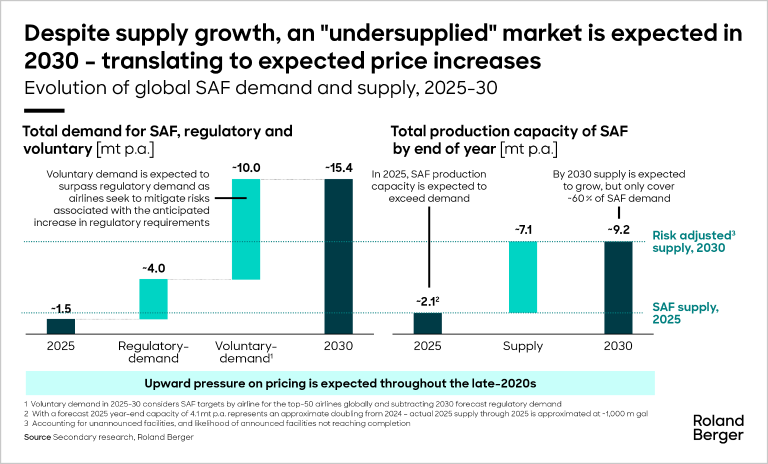
_image_caption_w1280.png)
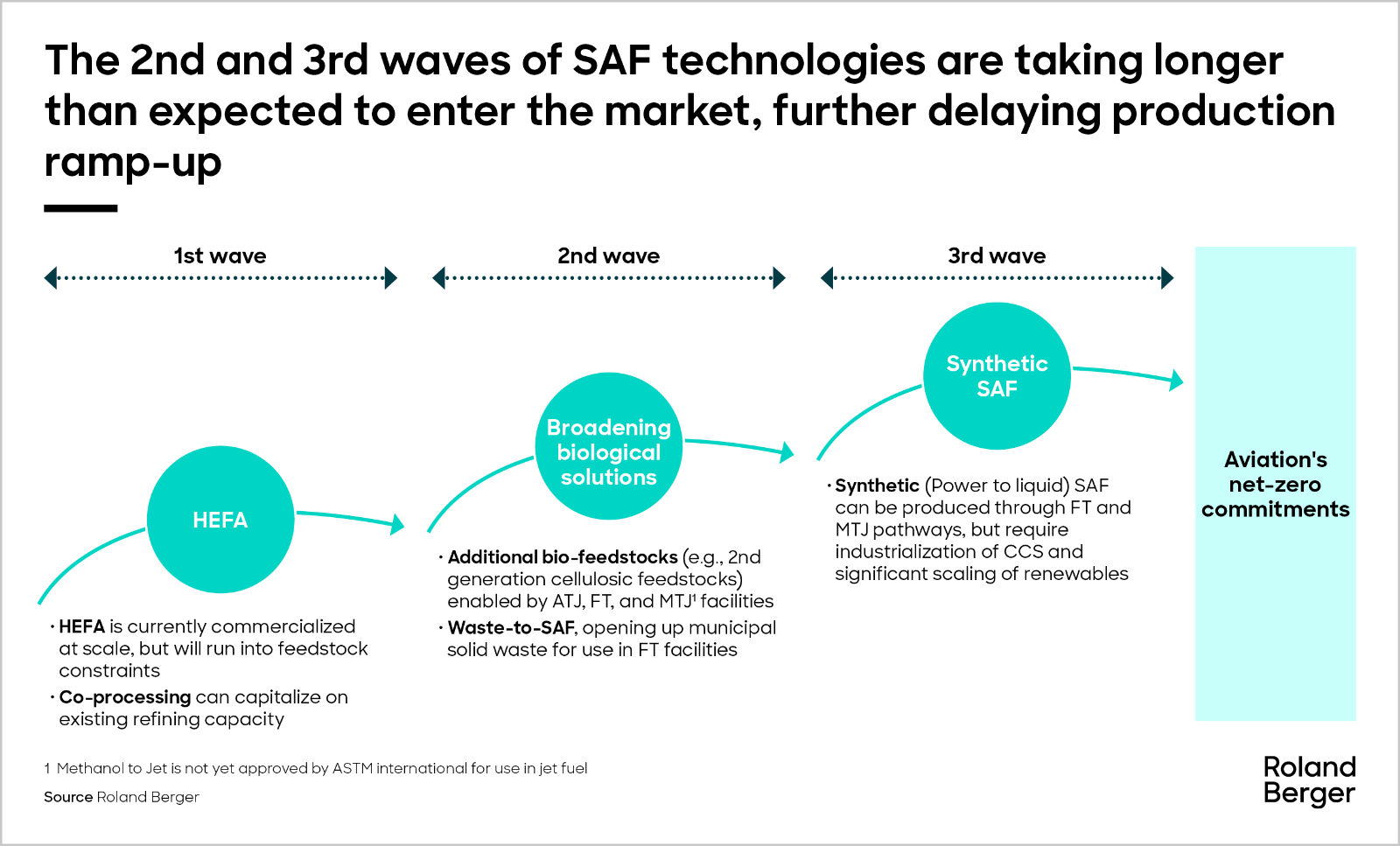
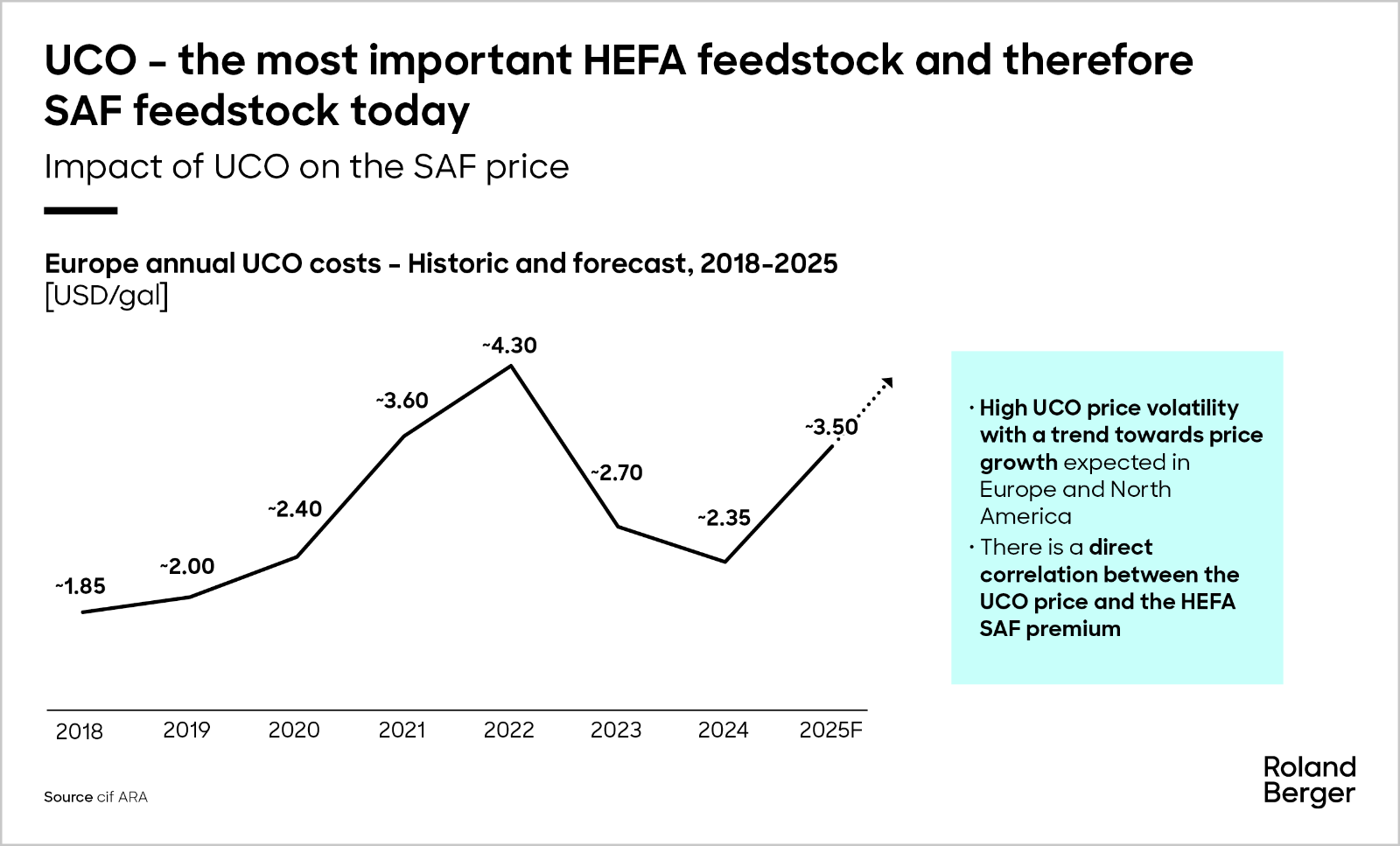
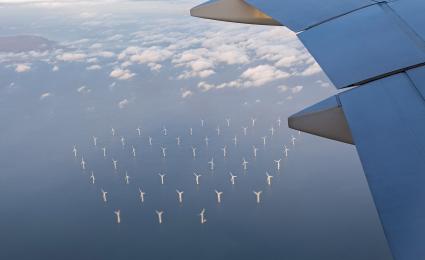
_tile_teaser_w425x260.jpg)
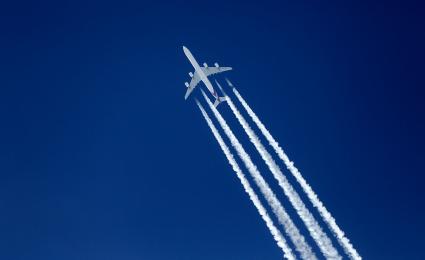


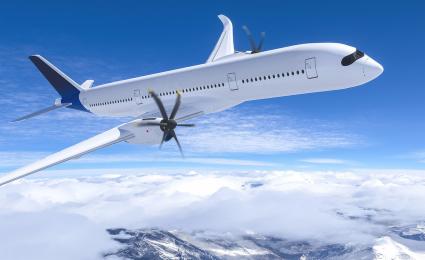









_person_144.png)





_person_144.png)










